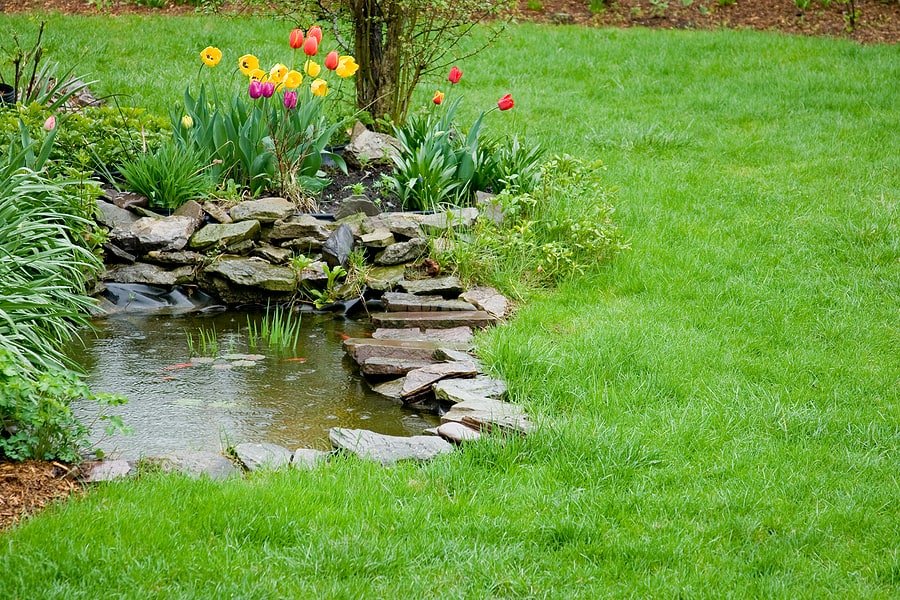
Ways To Add Water To Your Garden For Wildlife
4th December 2021
Why Does The Tennis Ball Trick Work To Stop Ponds Freezing Over
18th January 2022It is hard to predict British winters sometimes, and because of that changeable weather it can sometimes be different to predict which protective and preventative measures you need to do to protect fish, pond plants and the pond structure itself as the temperatures dip lower.
The good news is that if you took good care of your pond and did a careful autumn cleanup, it will make winter preparation far easier and less arduous than it would be if you also had to manage dead leaves and excessive buildup of algae.
With that said, there are some important preventative measures you need to take to protect your fish, filters and pump system as the temperatures dip.
Change Your Feeding Schedule
For the most part, your fish are likely to be able to withstand whatever winter weather the British Isles can throw at it, but as fish are cold-blooded animals their behaviour will change considerably based on the ambient temperature.
As a result, they are going to have a much lower metabolism and appetite, meaning they will eat less and digestion of their normal food supply may be more difficult than usual. Make sure to feed them less and to opt for easily digestible food products such as wheatgerm pellets.
Uneaten food can cause issues with water quality so reduce your feeding schedule, and once the temperature dips below 5 degrees Celsius, stop feeding them entirely.
Move Aquatic Plants
Much like your fish, your plants may also be affected by the lower temperatures, with some plants surviving the harsher weather better than others.
If you have not already, prune back dead stems and leaves to avoid further decay, and remove less hardy plants such as from the pond, instead creating an indoor pot or pool in your greenhouse to avoid damaging frost.
Float A Tennis Ball On The Surface
One of the biggest concerns for pond owners is when the pond surface freezes over. this is in the UK, nevertheless, it is important to try and stop ice from forming whenever possible.
The biggest reason for this is that the ice forms a solid barrier that stops oxygen from entering the pond and carbon dioxide from leaving, which can potentially lead to fish suffocating.
Whilst dedicated tools exist to stop ponds freezing, the easiest and cheapest solution is simply to float a tennis ball in the centre of the pond, as its bobbing and swaying will break up the thin sheets of ice before they can solidify.
However, if the pond does freeze over, do not panic and do not act rashly. Don’t shatter the ice as this can create potentially lethal shock waves in the water. Instead, lay a hot water bottle on the surface, which will melt a hole in the ice that lets the gases escape, protecting your fish and plants.





